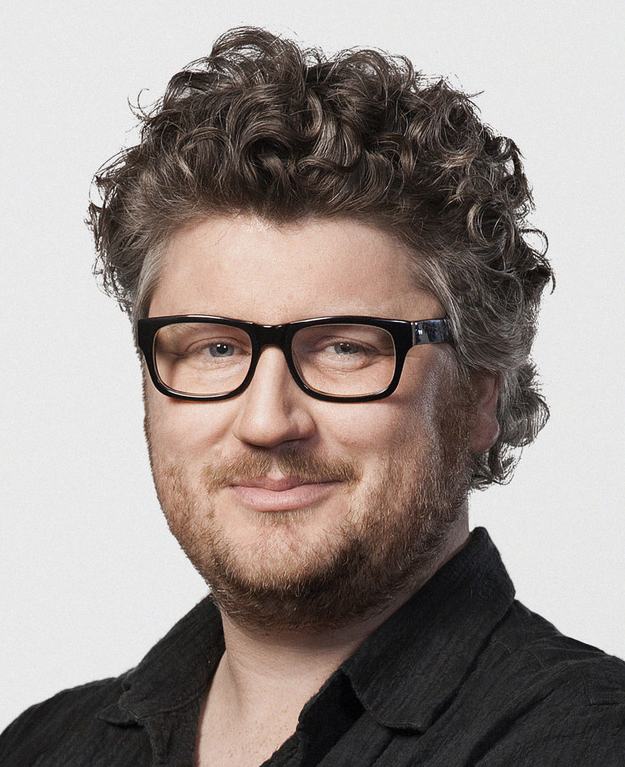Forget Hollywood... classical music can be a terrifying force
‘Tis the season of jump-scares and of things going bump in the night, when you get to watch as much as you dare of your favourite slasher film, as Michael Myers puts on his mask once again in Halloween and the edgy electronica of the director John Carpenter’s score lurks behind every door that’s opened to every room where Jamie Lee Curtis really should fear to tread. But what if music didn’t need images on film to propel us off our seats in terror? Nineteenth- and 20th-century composers prove that music can provide jump-scares to beat anything that Hollywood has come up with.
Jump scares in music... Tchaikovsky and Stravinsky
The secret of the jump-scare is that you build an uneasy sense of calm before giving your audience a shock right between the eyes when they least expect it. And that’s a lesson that film directors might have learnt from Tchaikovsky. In the first movement of his ‘Pathétique’ Sixth, he finds an oasis of melancholy tranquility in the aching major-key song that makes the symphony’s second theme. A solo bassoon (or more usually a bass clarinet) glides down an arpeggio with gossamer fragility; Tchaikovsky asks them to play pianissississississimo – six ps! All is quiet, all is calm – but then, Tchaikovsky unleashes a frenzy of noise and terror: there’s a fortissimo dissonance in the whole orchestra, and screams of distorted melody and harmony, as if a symphonic slasher were doing their very worst to destroy those idyllic dreams.
That’s the same kind of shock that Stravinsky creates in his suite from The Firebird, when the villain Kashchey’s savagery interrupts the Ring Dance of the Princesses, a moment of sheer orchestral violence that’s like revealing a zombified baddie just after you’ve suckered your audience into thinking they’re watching a rom-com.
Jump scares in music... from prayer to an apocalypse in Nielsen's Paraphrase on 'Nearer My God'
But the real master of these proto-cinematic musical scares is Nielsen. In his 1912 Paraphrase on Nearer My God To Thee, the Dane writes a memorial to the victims of the Titanic that starts as a plangent, muted wandering around the tune for brass and winds, in honour of the melody that was supposedly being played by the ship’s band as it sank. Our heads are bowed, our thoughts and prayers in a place of supplication.
But then Nielsen risks something amazing, and terrifying: with no warning, there’s an explosion; the whole ensemble shouting and wailing with overwhelming dissonance and pain, as drums and thundersheets add to the horrifying soundscape. What starts as a prayer becomes an apocalypse: this is the iceberg made into sound. It’s all over in around five minutes, and Paraphrase ends with an unbearably moving rendition of the unadorned tune. This is a musical cinema Hollywood can never surpass, and is arguably music’s single most frightening, and most meaningful, jump-scare. Happy Halloween…!




